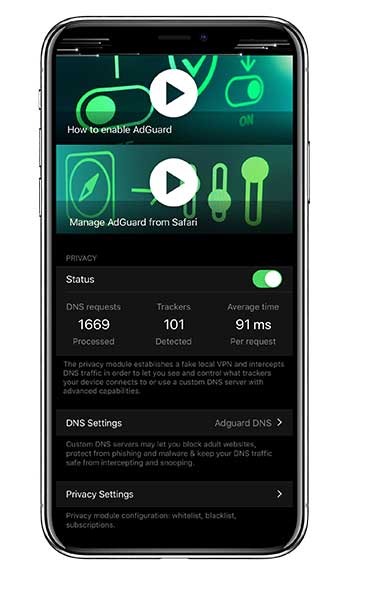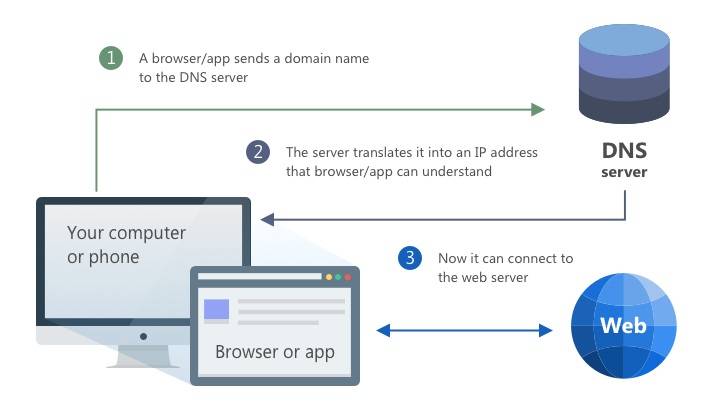
How to enable and configure DNS protectionĪctually, DNS protection is the same thing as system-wide protection, these terms are synonymous and interchangeable. The first option is better because it offers variability of actions: once Advanced mode is enabled, you'll be able to use different DNS servers and block all ads with the help of DNS filterlists, but more on this later. Enable AdGuard DNS server ( Settings -> DNS protection -> DNS server -> AdGuard DNS).In this article we'll tell you how to set it up on your iOS device.īasically, if your purpose is to block ads and trackers system-wide, you have two options: in other apps and browsers, on network level - most ad blockers can't do it, but AdGuard can. System-wide blocking means blocking ads and trackers beyond the Safari browser, i.e. Blocks trackers and dangerous sites.įree the Web from ads and protect your privacy with AdGuard Browser Extension Fights trackers and phishing.īlocks ads in browsers and supports DNS filtering.

Protects your privacy.ĭoesn’t need root access to block ads in browsers and apps. Protects from phishing and malware.ĭesigned with macOS specifics in mind. Search for "DNS" and disable the feature entitled "Async DNS Resolver.Blocks ads and trackers in browsers and apps. Note that it is possible that websites may take slightly longer to load given that the feature we will be disabling is used so that web pages can launch faster, but it will only have a minuscule impact-if there is any at all.įixing DNS-Based Ad Blockers in Google Chrome Step 1 - Disabling Chrome's Asynchronous DNS Featureįirst, you'll need to navigate to chrome://flags in your URL bar, where you'll be brought to a menu where you can enable and disable features from within Chrome. It involves editing the Chrome's flag to disable the asynchronous DNS. However, XDA Junior Member tersono discovered that there is a fix which can be applied pretty easily from within the application itself. It is not believed to affect ad blockers which do not use a DNS to block advertisements, such as NetGuard which instead uses its own firewall.


As it turns out, Google is not always respecting the on-device configured DNS and reverting back to their own, hence why users are beginning to see advertisements again.


 0 kommentar(er)
0 kommentar(er)
